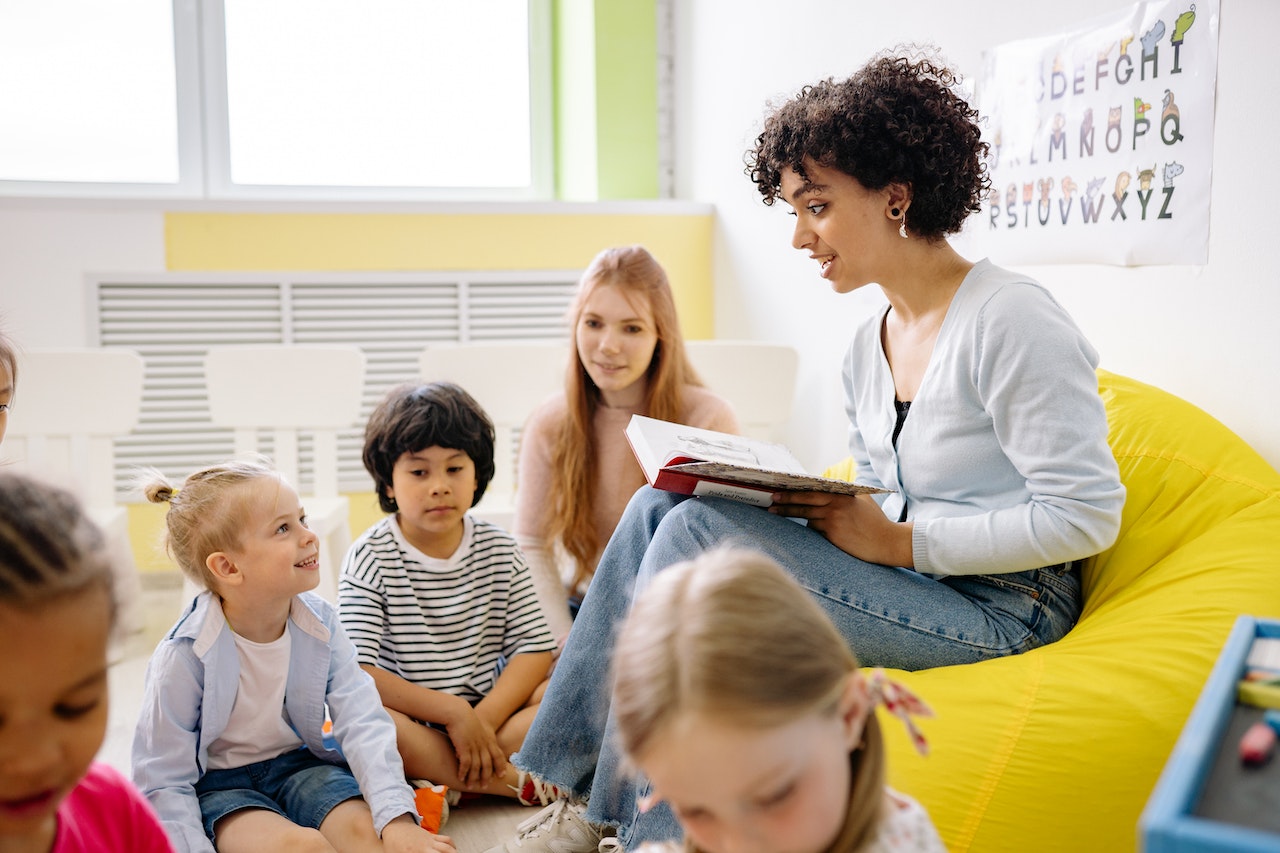As a parent or guardians, we will not always be there to solve every problem with/for our kids. Teaching them how to identify and solve problems themselves helps them become good thinkers, independent, and confident.
Kids with good problem-solving skills do not give up or avoid taking action when faced with challenges and problems. Instead, they manage their emotions well, think creatively, and persist until the problem is solved.
It would be best to enroll your children in an early learning Chatswood center, where the foundation of learning, uniqueness, strengths, needs, and problem-solving skills of your children are laid.
Effective Steps of Problem-Solving
Children who feel overwhelmed or clueless spring into action without recognizing their choices, or they avoid taking any action at all. A lack of problem-solving skills may create even bigger problems in the long run if you do not teach your children how to solve problems.
Here are some effective ways to teach your child how to solve problems:
● Teach Them to Identify the Problem
Identifying the exact problem will make a massive difference for stuck children. Identifying the problem will help the child brainstorm and come up with possible solutions, but a clueless child will not even know if there is a problem.
The key is to help them see that with a bit of creativity, they can find many different potential solutions. Teach them not to stop just at the first trial; they can always try something else. Create ideas and solutions with them. Please, encourage your children to keep trying to solve a problem until they can resolve it.
● Discuss Problems Together
If you are unwilling to see your children fail at a task, you give them no room to learn. Whatever age your children are, allow them to make mistakes.
As parents, please do not rush to solve your children’s problems for them. Allow them to figure it out before helping them. Offer assistance and advice to them.
Seek their opinions, and let them freely discuss possible solutions to solve the problem. That way, they could think for themselves if another issue arises. If it is an emergency or their safety is at risk, you must step in immediately.
● Allow for Natural Consequences
Allowing for natural consequences means letting your children make some choices and face the natural consequences of their actions. The choices you let them make should not be risky ones.
When they realize their mistake afterward, this can lead to a discussion about problem-solving to help them make a better choice next time. Giving room for Natural consequences will provide space for a teachable moment to help work together on problem-solving
● Read Problem-Solving books together
Engaging your children in age-appropriate reading experience will help boost their morale, make them active and give room for questions that might serve as problems to them later.
You can ask questions about the challenges faced by the characters of the book and even have them roleplay the problem in order to provide solutions themselves creatively.
● Encourage Creative Play
Children grow emotionally, socially, and intellectually through creative and imaginative play. Innovative experiences help a child develop problem-solving skills and enable them to share their thoughts, feelings, and ideas freely.
Allow your children to choose educative activities and games based on their interests. Children of all ages learn well in the context of play. Their play should involve enough challenges that require creative thinking.









Leave a Reply